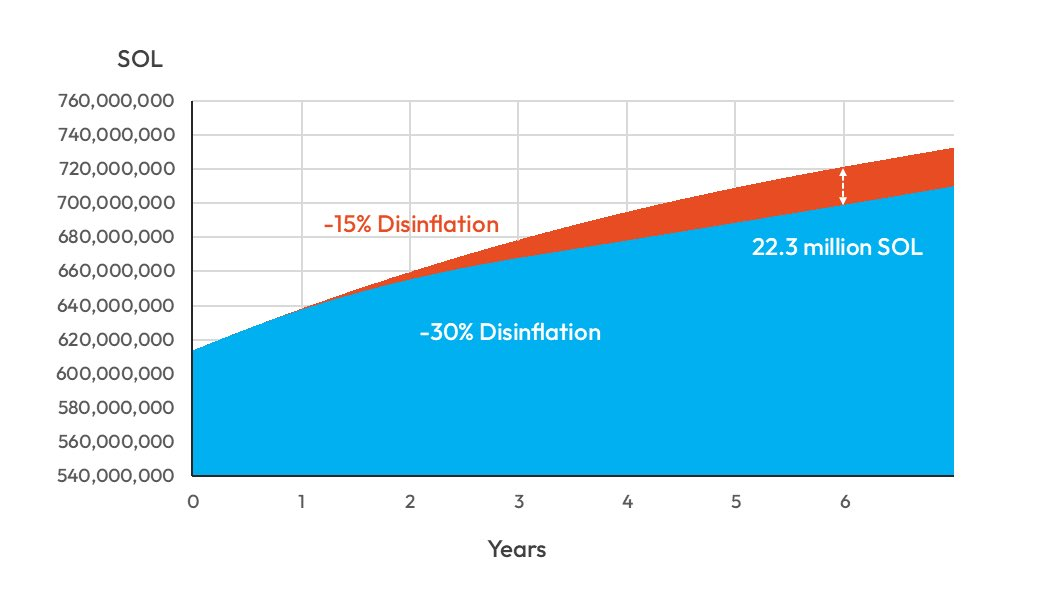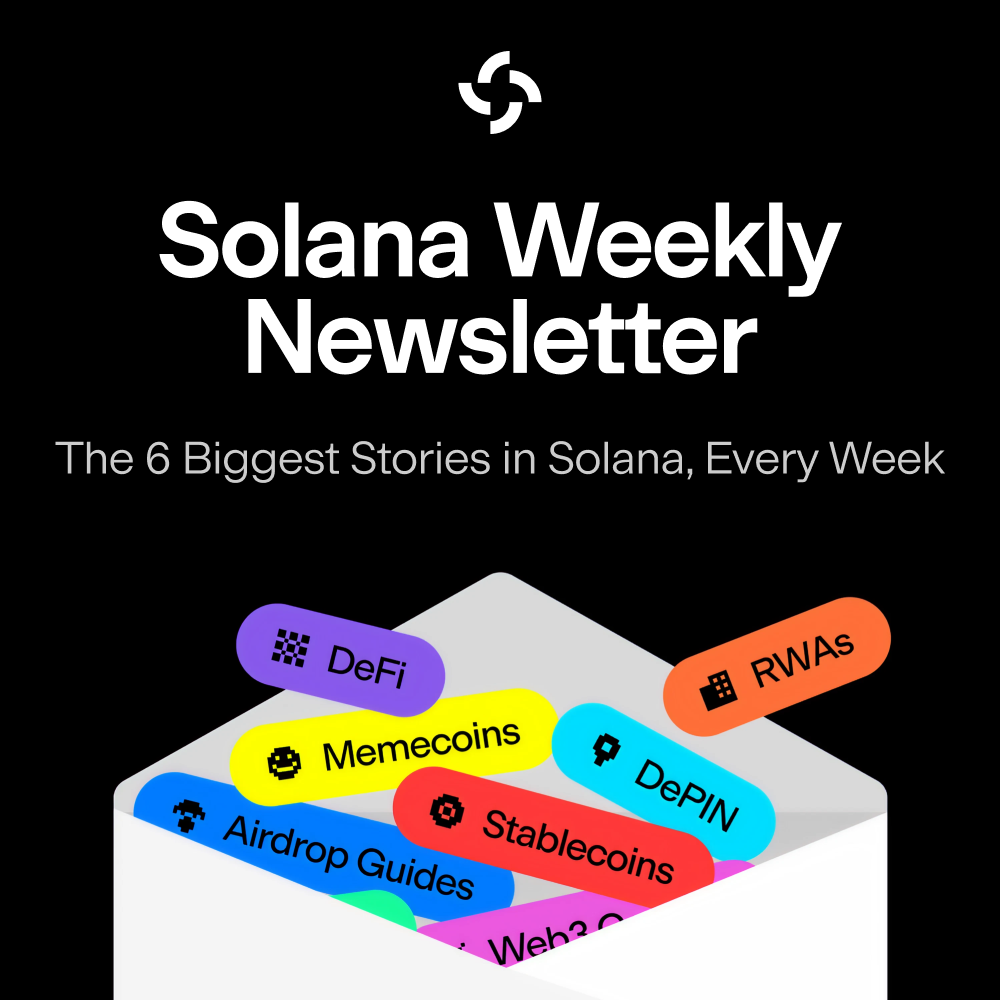
SIMD-0441 Met With Strong Support - What Happens Next?
When can we expect a vote on “left-curve” 228?
- Published:
- Edited:
Almost nine months after SIMD-0228 was declined in what Multicoin Capital MP Tushar Jain called the “biggest crypto governance vote ever”, the Solana community is once again calling for reduced inflation.
Officially floated by Helius’ lostintime and Blueshift’s Dean Little, SIMD-0441 offers a simplified approach to reducing emissions, doubling the rate of disinflation from 15% pa to 30%.
Outside of a few pockets of resistance, SIMD-0441 has been met with resounding approval. When can we expect a vote, and how might SIMD-0441’s voting process be different than all proposals before it?
SIMD-0441 to Double Disinflation Rate
On November 21, Helius CEO Mert Mumtaz publicly announced SIMD-0441, a governance proposal seeking to reduce $SOL emissions. SIMD-0441 suggests accelerating Solana’s disinflationary rate from 15% to 30% per year, effectively bringing forward $SOL’s terminal inflation rate of 1.5% to early 2029, as opposed to 2032.
Over the course of six years, SIMD-0441 approval would reduce inflation by as much as 22.3M $SOL, or $2.9B at current market prices.

SIMD-0441 has been well-received by the bulk of the Solana community, who are viewing the proposal as a simplified variation on the wildly divisive SIMD-0228. In the wake of 228, network participants largely agreed that $SOL inflation must be reduced, but acknowledged that 228’s proposed “market-driven” rate was too complex.
SIMD-0441 offers a simple alternative, which author lostintime argues wouldn’t consume core developer resources and carries “minimal risk of introducing bugs or unforeseen edge cases”.
48 Validators Expected to Flip “Unprofitable” in Six Years
Despite most of Solana’s builders voicing their support for SIMD-0441, some validator operators have still voiced concerns about its necessity. Speaking in the Solana Tech Discord Server, Sol Strategies Michael Hubbarb opined that higher staking rates enabled more productive DeFi strategies, musing that reduced inflation might harm Solana DeFi usage.

Shinobi System’s Zantetsu argues that accelerating the disinflation curve could cause stake to concentrate towards large, ‘economies-of-scale’ validators, like Helius, Figment, and Kiln, an operator known for deliberately lagging block production. Zantetsu expressed concerns that Solana is already becoming a sandbox for institutional players and private stake operators, a shift that will only come faster with reduced emissions.

However, while the SIMD-0041 proposal does acknowledge that the change will cut into the bottom line of some smaller validators, Helius forecasts that only 48 operators, over six years, will run at a loss following approval.
Stakers, not Validators, to Vote on SIMD-0441
Beyond reducing $SOL emissions, SIMD-0441 is expected to change how stakers cast their votes. Previously, validators bore complete responsibility for executing votes on these proposals, meaning that stakers had no real power or ownership of their votes, outside of choosing where to allocate their stake.
According to Jito Foundation Executive Director Brian Smith, the SIMD-0441 vote should be run under a new system. Currently in development by several ecosystem leaders, including the Solana Foundation and Exo Tech, the new system would enable stakers to vote directly, without relying on the validators to cast votes that reflect the interests of their delegators.

As for when network participants can expect to vote on SIMD-0441, official timelines are still somewhat vague. While Helius has accounted for 6-months’ lead time, ecosystem contributors are eager to get the vote cleared and implement the newly proposed emission schedule implemented as soon as possible.
Read More on SolanaFloor
$MON to be tradable on Solana from Day One
Wormhole Unveils Sunrise: Bringing the $MON Token Launch to Solana
Solana ETFs Just Changed Everything



